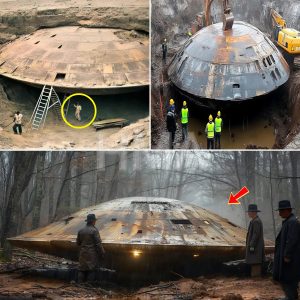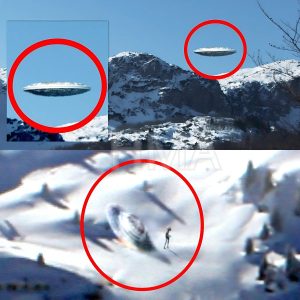The Hollow Earth theory is one of the most fascinating and controversial ideas that have intrigued scientists, conspiracy theorists, and adventure enthusiasts alike for centuries. It proposes that beneath the Earth’s crust lies a vast, unexplored world, possibly home to entire civilizations and, in some versions, extraterrestrial beings. While mainstream science dismisses the theory as pseudoscience, its persistence in popular culture raises questions about what drives our fascination with the possibility of hidden realms beneath our feet.
The Origins of the Hollow Earth Theory
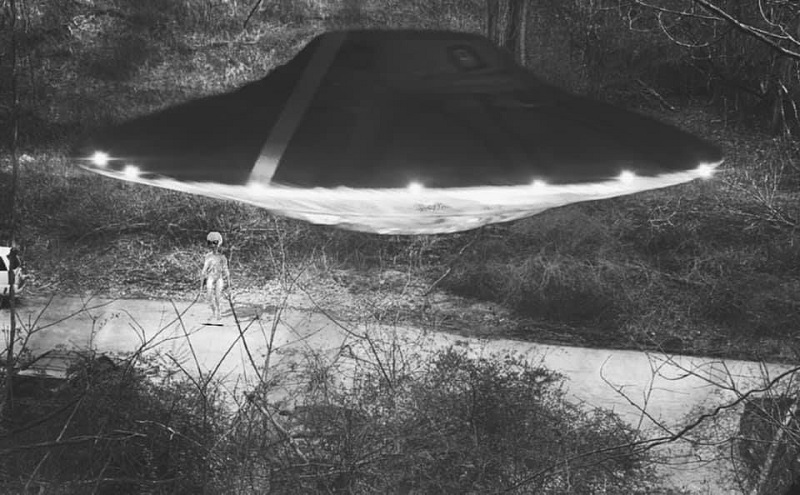
The idea of a hollow Earth is not new; it has roots in ancient mythology and early scientific speculation. Civilizations such as the ancient Greeks and Hindus spoke of subterranean worlds. However, the modern concept of a Hollow Earth began to take shape in the 17th century when English astronomer Edmund Halley proposed that the Earth might consist of multiple, concentric hollow spheres, each capable of supporting life.
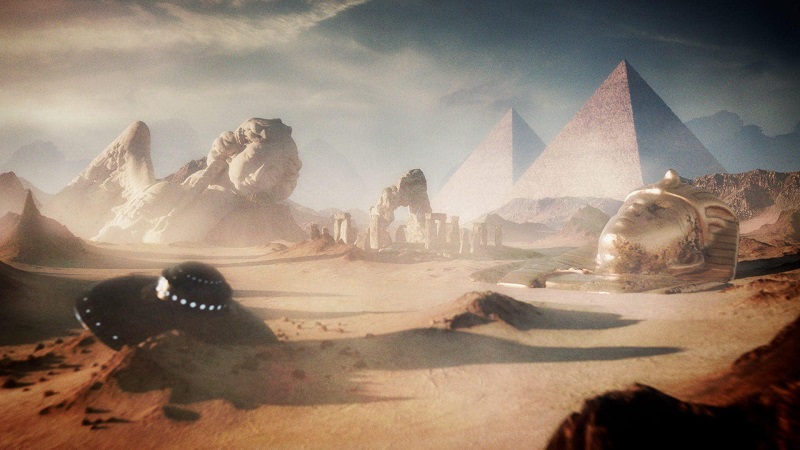
Halley’s hypothesis was influenced by the observation of magnetic anomalies and the Aurora Borealis, which he believed could be explained by the existence of these inner worlds. His theory, though not widely accepted, laid the groundwork for future explorations of the idea.
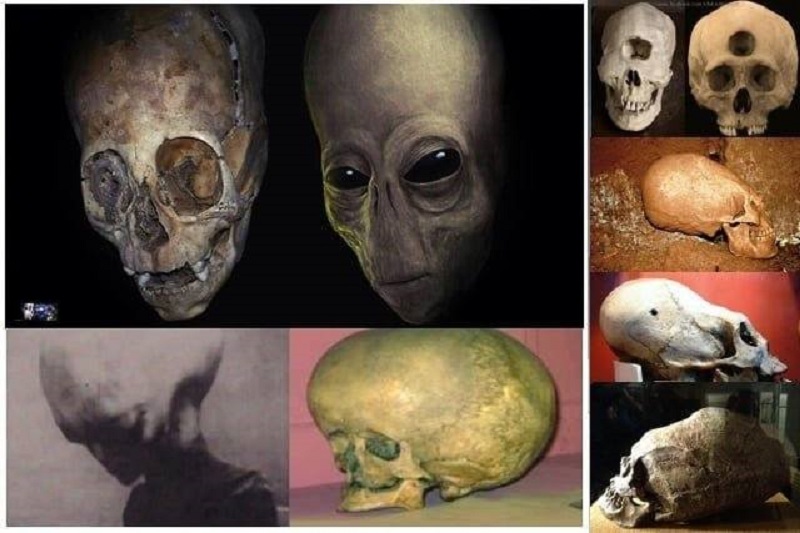
Hollow Earth and Extraterrestrials
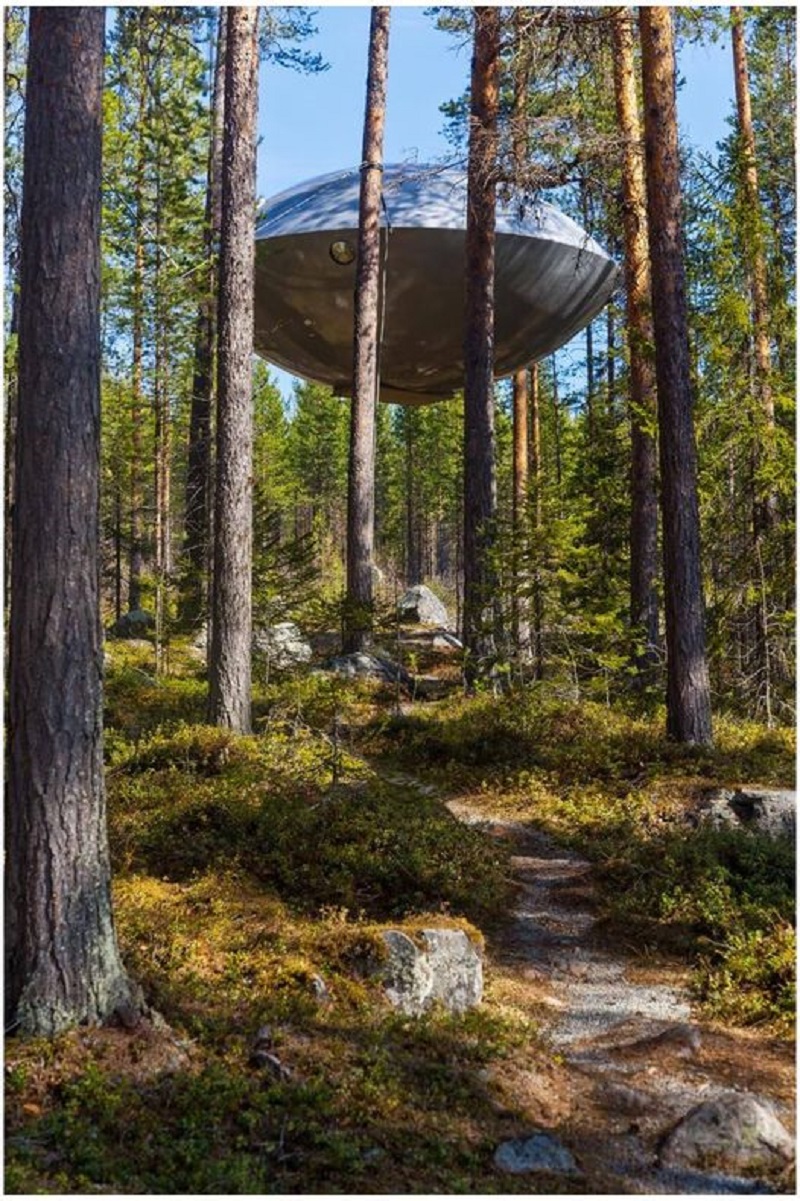
One of the most intriguing aspects of the Hollow Earth theory is the suggestion that these hidden worlds could be inhabited by advanced beings, possibly extraterrestrial in origin. This idea has been popularized in various forms, from science fiction literature to conspiracy theories.

Proponents argue that these subterranean civilizations could possess technology far beyond our own, perhaps having settled beneath the Earth’s surface to avoid detection or as a refuge from cosmic events. Some even suggest that UFO sightings could be attributed to these beings emerging from or returning to their underground bases, rather than arriving from distant star systems.
